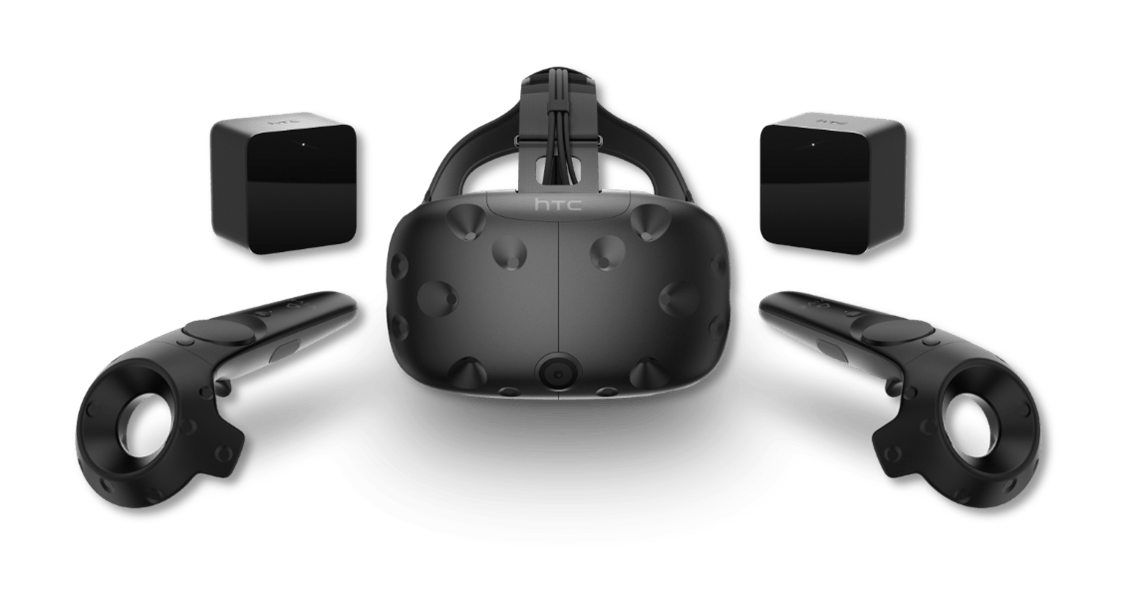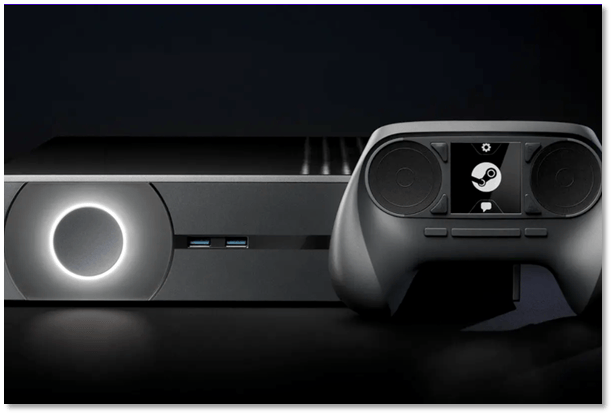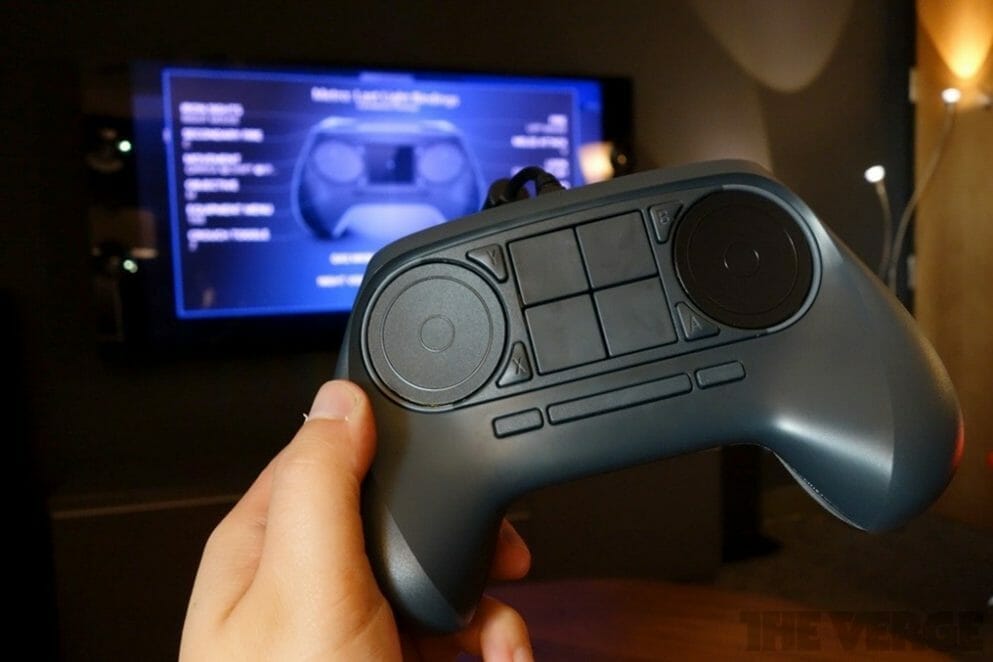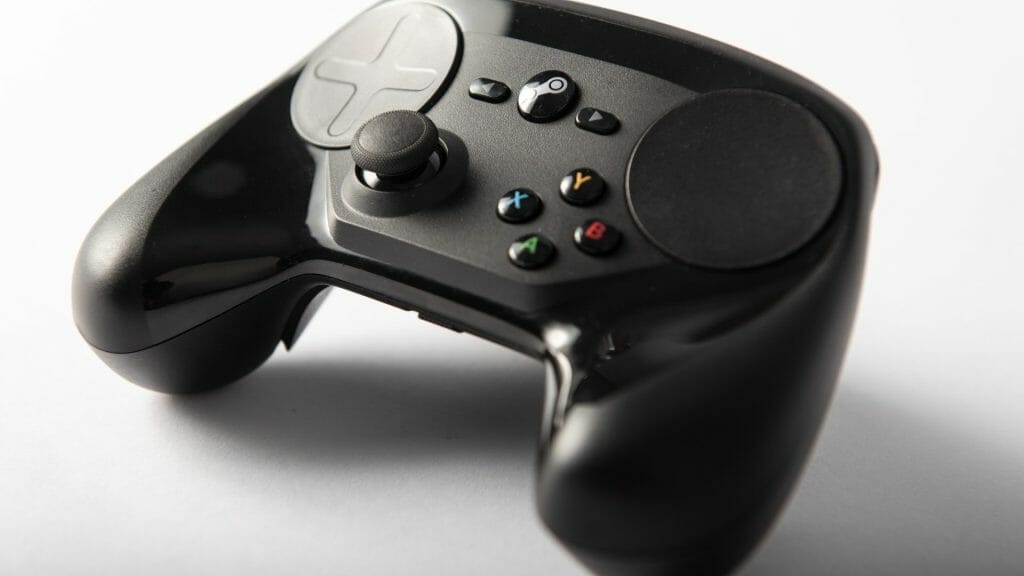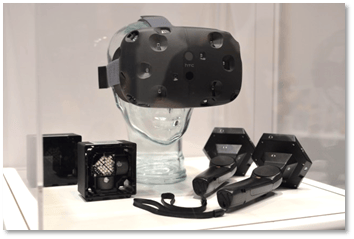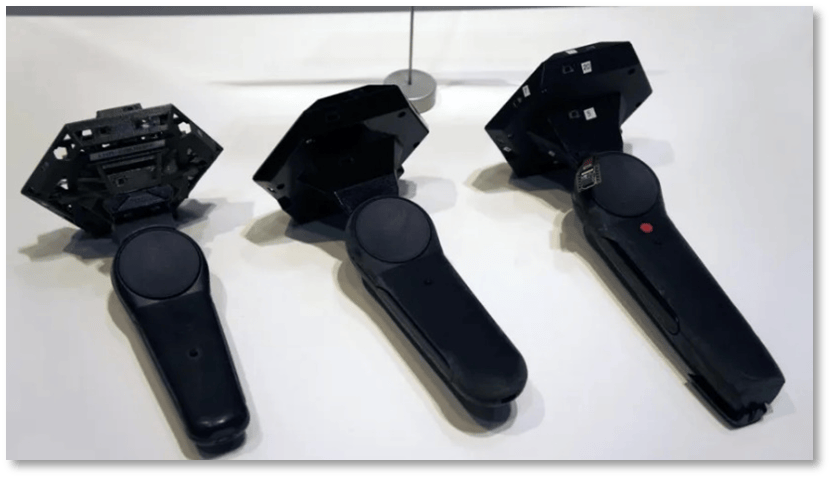An IET Hybrid Approach to Engineering Resources
To innovate the future of gaming hardware development is to engineer at a high level in an extremely competitive and dynamic space. Market insight and intelligence groups like RoadtoVR and Greenlight Insights exist solely to report on the AR/VR industry. They follow AR/VR trends and track impacts on commerce. They watch for emerging technology and demand for HMDs, headsets, cameras, sensors, displays, GPUs, haptics, and more. You don’t have to dig deeply to understand that demand for immersive technology and virtual experience is increasing year over year.
As demand and competition rise, innovators turn to engineering firms like Andrews Cooper who have experience and success with end-to-end gaming product development.
Having a partner who can help you develop and de-risk core technologies means you are able to engineer the best possible product and ensure a successful product launch.
Gaming Hardware Development & Our Partnership With Valve
 As we look back at our partnership with Seattle gaming innovator, Valve Corporation, we see how our teams were able to provide a hybrid approach to engineering support through a combination of onsite IET and traditional offsite product development support.
As we look back at our partnership with Seattle gaming innovator, Valve Corporation, we see how our teams were able to provide a hybrid approach to engineering support through a combination of onsite IET and traditional offsite product development support.
gaming tech development companies
When we first connected with Valve, they had been investing in R&D to solve the varied and complex engineering challenges of VR. They developed the technologies that drove their relationship with the Oculus team, partnered with HTC in developing the VIVE VR Headset, and developed the first generation VR input devices that formed the basis of SteamVR’s Index controllers. It was impressive.
The role they played is especially noteworthy because, at the time, Valve was known primarily as a software company whose expertise was as a game developer and innovator of the industry-defining Steam platform. But they were not viewed as a cutting-edge VR hardware or VR UX developer…yet.
When the Oculus launched, the market was still emerging, but the excitement around it confirmed that VR was THE destination gaming experience. It was only a matter of time before the technology caught up to with our imagination.
IET in Action with Valve’s Steam Product Development
Adding a new dimension of flexibility to Steam’s features, Valve was working on a console-like gaming experience. Their objective was to enable users to connect to Steam and play any game in their library on a TV using a handheld controller, whether the game was developed for a controller or not.
It was at this stage, with the development of the Steam Machine and Steam Controller, that AC first provided embedded engineers to augment Valve’s on-site development teams. Later, when Valve needed to bring the Index VR system to market, AC was there to provide a turnkey product development team.
Because of their aggressive product development timelines on multiple fronts, AC was able to bolster Valve’s internal teams through IET and support them at any stage of their process. This led to broader and more traditional end-to-end product development support for Valve’s Index VR system.

Partner with AC to Augment Your In-House Talent
IET Support for Valve’s Steam Machine & Steam Controller – 2013
Steam Machine Gaming Tech Development
Once Valve had developed the initial architecture for their Steam Machine prototype, they augmented their team to complete a customer-facing prototype ready for low-volume production and beta testing.
AC supported the mechanical design and integration of components and electronics that ran the SteamOS to fit within a console form factor. We also managed the logistics and manufacturing of the product launch, working with Valve’s contract manufacturer (CM) to ensure procurement, bill of materials, delivery, and sustaining support during manufacturing.
Steam Controller Gaming Tech Development
Working in parallel to develop a control interface for the Steam Machine, Valve had completed early concept designs of the Steam Controller.
Working alongside Valve’s development team, we tackled the rapid gaming hardware development of a beta prototype for a coordinated launch with the Steam Machine by:
> Defining human factors to improve the mechanical design and system architecture (refining the form factor, improving the touch pads, and adding a thumbstick and button inputs)
> Selecting injection molding material, managing environmental testing of materials, and ensuring quality molding outcomes (selecting right materials for industrial design aesthetics and functional performance)
> Testing mechanical features (ensuring functional durability and responsiveness)
> Designing for Manufacturability (DfM) (ensuring part design for efficient assembly and quality manufacturing outcomes)

Speak with an Engineer Today
IET Support for Valve’s First-Generation VR Input Device – 2014/2015
While teams were wrapping development of the Steam Machine and Controller, Valve was building a first generation VR input device. Early prototypes became the foundation of the technology behind HTC’s Vive VR system, which arose out of their partnership with Valve.
In support of Valve’s first generation prototypes for gaming tech, AC also provided IET to assist with human factor studies to improve the mechanical design, integration of electronics, sensor tracking simulations, and manufacturing support for the input device prototypes.
As the dev kit was completed with HTC’s VR headset team, we helped to confirm sensor placement and tracking simulation as well.
Ultimately, the VR technology developed during this time led to game-changing innovations in the industry by 2016 when the Vive SteamVR Headset became the first to enable the user to move their hands freely because their movements could be tracked through sensors.


